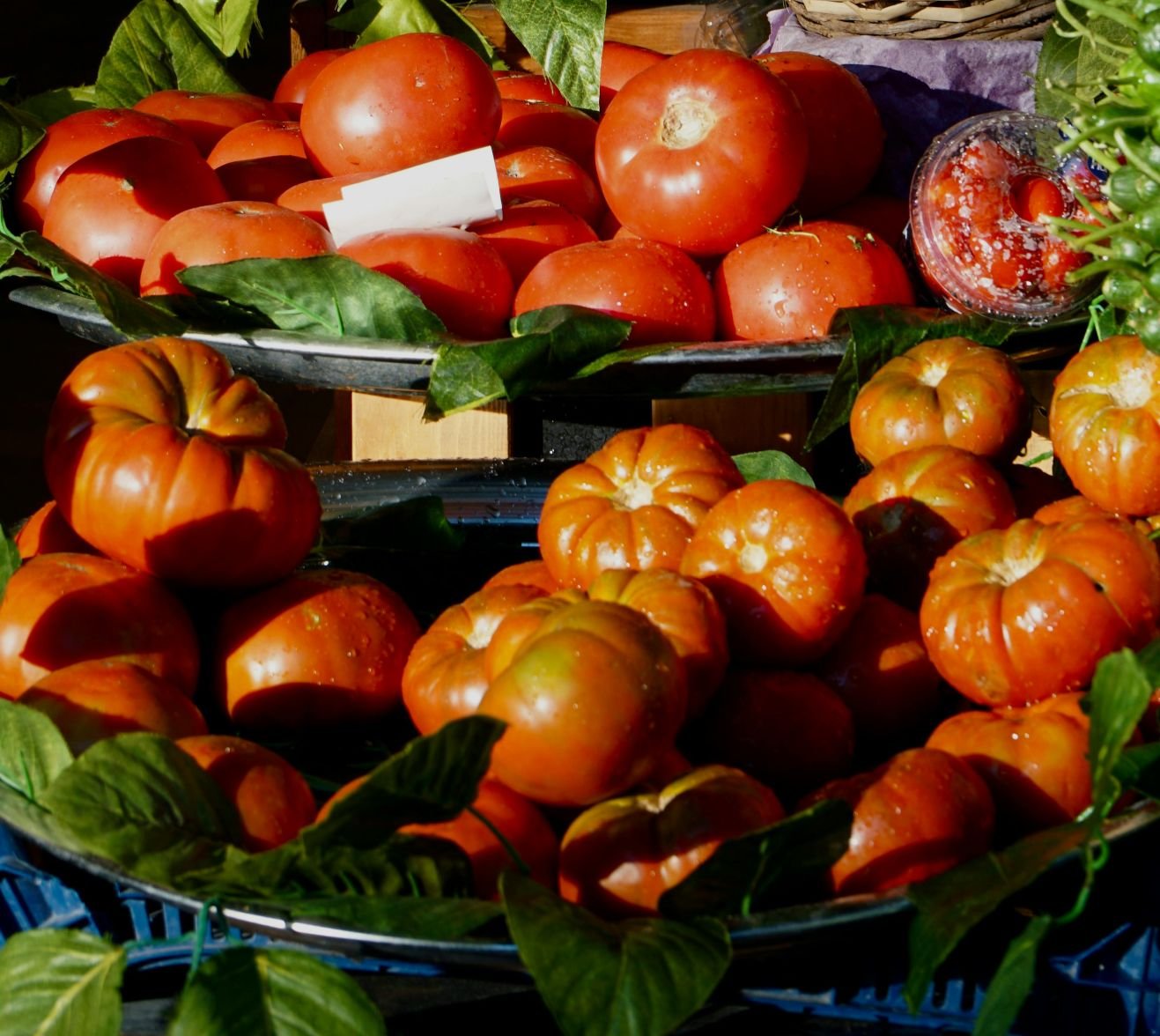At one point in my recovery, I believed I was finally free from my eating disorder. I hadn’t binged or purged in a year, had stopped obsessing over my weight, and was eating “all kinds of foods” without guilt… or so I thought. In reality, “all kinds of foods” meant all kinds of unprocessed foods. This was my “orthorexia” era.
On the outside, my habits looked healthy: balanced meals, foods I’d previously restricted (honey, bread, pasta, butter). But every item was the cleanest version I could find: grass-fed butter, pasture-raised eggs, artisanal sourdough, and handmade treats sweetened only with honey or maple syrup. It didn’t feel like a problem until I went on a road trip and couldn’t bring myself to eat anything from small restaurants or gas stations. A whole day without eating made it clear that my “healthy” approach was very rigid. That wasn’t freedom.
While orthorexia isn’t officially recognized in the DSM-5, it’s used to describe when people engage in a restrictive diet and obsession with food quality over food quantity, a “pathological drive to be as healthy as possible.” I don’t claim to have been orthorexic. I didn’t experience malnutrition or social functioning impairment. However, I was, at some point in my recovery journey, stuck in rigidity around healthy eating.
Like a wolf in sheep’s clothing, the control I once channeled into weight obsession, which made me feel safe, had simply morphed into a fixation on “clean eating.”
Instead of checking labels, I was checking ingredients.
Instead of feeling worthy when I fit into my ideal jeans, I was chasing worth through “clean eating”.
Instead of tracking my weight, I was tracking chemicals and toxins. (Yes, I did the green smoothie detox.)
Instead of counting calories in Excel, I was planning “perfect” clean meals. (I still love Excel, by the way.)
If you’re finding it hard to eat foods you’ve labeled as “unhealthy,” it might be time to reach out for support. Eating well is important, but not when it turns into a trap. My “orthorexia” phase didn’t last long because I was actively working toward freedom from an eating disorder I had battled for years. If I was able to let go of the pressure to eat “perfectly healthy” in order to protect my mental health, so can you.
Remember: it’s not really healthy if it fills you with anxiety or takes the joy out of eating.
1Dunn, T. M., & Bratman, S. (2016). On orthorexia nervosa: A review of the literature and proposed diagnostic criteria. Eating Behaviors, 21(21), 11–17. https://doi.org/10.1016/j.eatbeh.2015.12.006
2Horovitz, O., & Argyrides, M. (2023). Orthorexia and orthorexia nervosa: A comprehensive examination of prevalence, risk factors, diagnosis, and treatment. Nutrients, 15(17). https://doi.org/10.3390/nu15173851




